Creativity is often hailed as the driving force behind innovation, but few realize how personal stories can serve as a catalyst for unlocking imagination. From business leaders to educators, individuals across industries are discovering the transformative power of weaving personal experiences into their creative processes. These narratives, rich with emotion and authenticity, not only inspire but also provide actionable insights, making them invaluable tools for fostering innovation. Whether through overcoming challenges or learning from past mistakes, personal stories offer a unique lens through which creativity can be both nurtured and expressed. This article delves into the intricate relationship between personal storytelling and creativity, exploring how these tales can ignite inspiration, spark innovation, and leave a lasting impact.
Key Takeaways
- Personal Creativity Drives Innovation: Unleashing personal creativity is crucial for generating unique ideas and breakthrough innovations.
- Key Components of Creativity:
- Idea Generation: Think outside the box to explore unconventional solutions.
- Problem Solving: Approach challenges with fresh perspectives for innovative outcomes.
- Idea Expression: Communicate creative concepts clearly and effectively.
- Enhancing Creativity:
- Cultivate a Growth Mindset: Embrace failure as a learning tool and stay open to new experiences.
- Practice Brainstorming: Engage in regular sessions to foster diverse thinking.
- Learn from Successful Creators: Gain insights from various fields to inspire your own style.
- Adopt a Structured Approach: Use tools like mind mapping to organize and refine ideas.
- Environment’s Role:
- Optimize Your Workspace: Keep it organized and stimulating with natural elements.
- Leverage Digital Tools: Utilize apps for creativity and project management.
- Manage Time Effectively: Dedicate periods for creative thinking and exploration.
- Overcoming Challenges:
- Combat Overthinking: Embrace experimentation and iteration.
- Face Fear of Failure: View imperfections as part of the creative journey.
- Mitigate Stress and Burnout: Recharge with exercise, meditation, and hobbies.
- Personal Creative Writing:
- Foster Self-Expression: Explore inner worlds through subjective storytelling.
- Key Characteristics: Subjectivity, emotional depth, creative expression, and authenticity.
- Forms of Personal Writing: Journals, memoirs, poetry, blogs, and creative essays.
- Writing Approaches: Find your voice, use prompts, experiment with forms, and revise thoughtfully.
- Transformative Power: Personal stories ignite imagination and foster meaningful connections, driving innovation and personal growth.
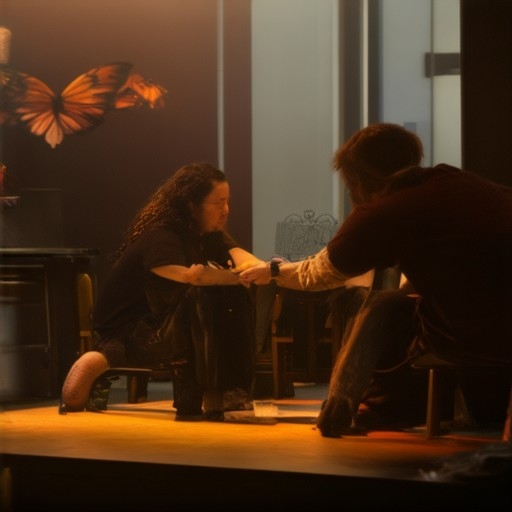
Example of Creative Story Writing
Creative story writing involves crafting narratives that captivate audiences through vivid descriptions, relatable characters, and engaging plots. Here’s an example of a short story:
Once upon a time, in a quiet suburban neighborhood, lived a young woman named Emily who spent her days working at a local café. Her life seemed unremarkable until one fateful afternoon when she discovered a hidden garden behind the café, complete with a small pond and a bench. Each visit to the garden brought her peace, and she often wondered who had tended to it before her. One day, she noticed a weathered journal in a hollowed-out tree nearby. Curious, she opened it and found entries detailing the adventures of a traveler who had once stayed in her house decades ago. The stories transported her to distant lands and sparked a passion for writing her own tales. Inspired, Emily began documenting her daily experiences, weaving them into a tapestry of life’s little moments.
In this example, creative story writing is demonstrated through:
- Imaginative Setting: The hidden garden and the mysterious journal create a sense of wonder and curiosity.
- Relatable Characters: Emily’s journey mirrors many people’s desire to connect with their past or discover something new.
- Emotional Depth: The discovery of the journal evokes nostalgia and sparks a creative transformation in her life.
- Symbolic Elements: The garden serves as a metaphor for the hidden treasures waiting to be found in everyday life.
What Are the 5 A’s of Creativity?
The 5 A’s of creativity are a powerful framework developed to guide individuals in fostering innovative thinking and creative problem-solving. These principles, often discussed in the context of design thinking, provide a structured approach to unlock creativity and drive meaningful outcomes.
The five A’s—Actor, Action, Artifact, Audience, and Affordance—offer a holistic perspective on creativity, helping creators navigate the complexities of innovation. Let’s explore each component:
- Actor : The role you play in the creative process. This includes your personal identity, experiences, and emotions. Understanding who you are as a creator shapes your approach and influences your work.
- Action : The behaviors or steps taken to bring ideas to life. Actions are the tangible expressions of creativity, whether through sketching, prototyping, or refining concepts.
- Artifact : The tangible outputs of your creativity. Artifacts can be physical objects, digital designs, or any form that embodies your ideas.
- Audience : The people or groups for whom your work is intended. Understanding your audience helps you tailor your creativity to meet specific needs and preferences.
- Affordance : Opportunities or possibilities presented by the environment or tools available to you. Affordances influence how you engage with your materials and shape your creative process.
By focusing on these five elements, creators can develop a more intentional and effective approach to their work. Each A intersects with the others, creating a dynamic ecosystem that supports innovation. For instance, understanding your audience (A) can inspire new actions (A) that lead to impactful artifacts (A), while the affordances (A) of your tools can enhance your creative actions (A) and deepen your connection to your role as a creator (A).
Applying the 5 A’s requires reflection and practice. Consider how your personal role (Actor) influences your creative actions, how your audience’s needs shape your artifacts, and how the tools and environment you use provide affordances that support your process. By systematically addressing each A, you can unlock new levels of creativity and achieve more meaningful outcomes in your work.
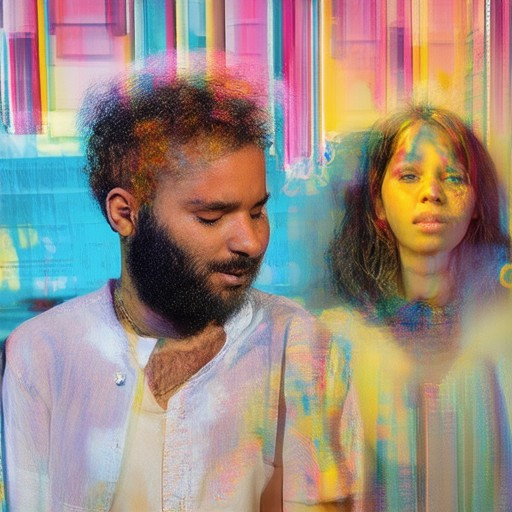
What Are Creative Stories?
Creative stories are narrative forms that go beyond traditional storytelling by incorporating unique elements, innovative ideas, and imaginative constructs. These stories often challenge conventional structures, exploring uncharted territories in genre, theme, and style. Whether through prose, poetry, film, or digital media, creative stories captivate audiences by presenting fresh perspectives and unexpected twists.
Defining Creative Storytelling
Creative storytelling involves crafting tales that stand out due to their originality, emotional depth, and intellectual engagement. Unlike formulaic narratives, creative stories often break established patterns, offering viewers or readers a new way to experience storytelling itself. They invite curiosity, spark introspection, and leave a lasting impression.
Key Components of Creative Stories
- Imaginative Settings : Creative stories frequently depict unusual or fantastical environments. These settings can be real-world yet reimagined or entirely fictional worlds.
- Unique Characters : Characters in creative stories often possess distinct personalities, backgrounds, or abilities that set them apart from typical archetypes.
- Innovative Plotlines : The narratives themselves are often unconventional, featuring unexpected turns, multi-layered conflicts, or non-linear timelines.
Types of Creative Stories
Creative stories can be categorized by their genre and medium:- Literary Fiction : Known for its deep exploration of human emotion and complex themes, literary fiction often pushes creative boundaries.- Genre Blending : Combines elements from multiple genres, such as mystery with romance or science fiction with horror.- Visual Stories : Films, series, and visual media adapt creative concepts into visually stunning narratives.- Interactive Stories : Digital experiences like video games allow users to influence the story’s direction, adding a layer of interactivity.
Examples Across Mediums
- Literature : J.K. Rowling’s “Harry Potter” series is renowned for its creative world-building and intricate character development.
- Film : Christopher Nolan’s “Inception” revolutionized storytelling by blending reality with dreamscapes.
- Video Games : The “The Legend of Zelda” series is celebrated for its open-world exploration and immersive storytelling.
- Digital Content : Serial Box’s interactive stories allow readers to shape the narrative through choices, enhancing engagement.
Tips for Crafting Creative Stories
- Research and Explore : Draw inspiration from diverse cultures, histories, and fields like psychology to enrich your storytelling.
- Brainstorm Freely : Keep a journal or idea notebook to capture thoughts and experiments with unique concepts.
- Revise and Refine : Edit your work to tighten weak points and ensure consistency in tone and style.
- Stay Curious : Approach challenges with curiosity, embracing uncertainty as a catalyst for innovation.
By embracing these elements, writers and creators can craft stories that resonate deeply with audiences, pushing the boundaries of what storytelling can achieve.
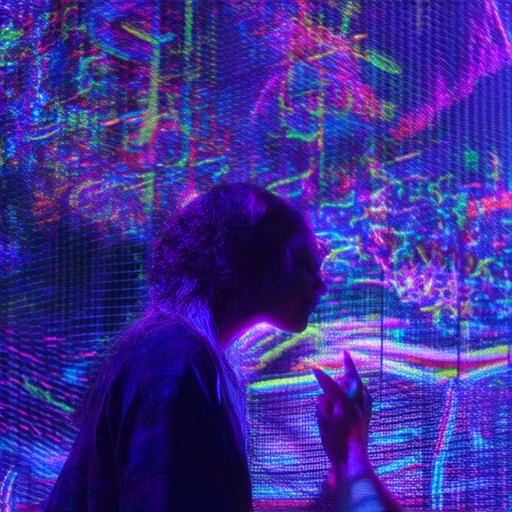
What is Personal Creativity?
Personal creativity refers to the ability of an individual to generate unique ideas, perspectives, and innovative solutions to problems. It is a skill that can be cultivated and strengthened through practice, mindset, and environment. Here’s a breakdown of its key aspects:
Key Components of Personal Creativity
- Generating Ideas: Personal creativity involves thinking outside the box and exploring unconventional approaches to challenges. It requires curiosity and a willingness to experiment.
- Problem Solving: Creativity often goes hand-in-hand with effective problem solving. The ability to approach issues from fresh angles can lead to innovative solutions.
- Expressing Ideas: Creativity isn’t just about idea generation—it’s also about communication. Expressing ideas clearly and effectively is essential for sharing creative concepts with others.
How to Enhance Creativity
- Mindset: Cultivate a growth mindset. Embrace failure as a learning opportunity and stay open to new experiences.
- Brainstorming Techniques: Engage in regular brainstorming sessions to explore diverse perspectives and ideas.
- Learning from Others: Study successful creators and learn from their processes and habits. Inspiration can come from various fields, including art, science, and technology.
- Structured Approach: Use frameworks like mind mapping or SWOT analysis to organize thoughts and narrow down ideas.
The Role of Environment
- Physical Surroundings: Create a workspace that is organized, free from clutter, and filled with stimuli that inspire you. Consider incorporating natural elements like plants or soft lighting.
- Digital Tools: Utilize apps and software designed to enhance creativity, such as mind mapping tools or project management platforms.
- Time Management: Allocate dedicated time for creative activities, allowing your mind to wander and connect ideas.
Challenges and Overcoming Them
- Overthinking: Sometimes, the pressure to create perfect ideas can stifle creativity. Allow yourself to experiment and iterate.
- Fear of Failure: Embrace imperfection as part of the creative process. Every great creation begins with a rough idea.
- Stress and Burnout: Regularly engage in activities that recharge your energy, such as exercise, meditation, or hobbies.
By understanding and applying these principles, individuals can unlock their personal creativity potential and contribute meaningfully to their personal and professional lives.
How to Develop Personal Creativity
Creativity is a skill that can be cultivated through consistent effort and mindful practices. Here are some strategies to help you unlock and enhance your personal creativity:
- Expose Yourself to Diverse Influences: Engage with a variety of experiences, including reading, watching films, and exploring different cultures. This broad exposure can stimulate new ideas and perspectives.
- PRACTICE CREATIVE ACTIVITIES REGULARLY: Dedicate time to creative outlets such as writing, drawing, or music. Even brief sessions can train your brain to think creatively.
- LEARN FROM OTHERS WISELY: Study the techniques of successful creators, but adapt them to your unique style. Balance admiration with originality to avoid imitation.
- CHALLENGE YOURSELF: Set personal projects or goals, such as starting a blog or YouTube channel, to force creativity. Break tasks into smaller goals to manage writer’s block.
- MINDFULNESS AND REFLECTION: Incorporate mindfulness practices like meditation or journaling to clear your mind, fostering clarity and new idea generation.
- COLLABORATE WITH Others: Collaborative efforts can introduce new perspectives. Decide when to work alone or with others based on the project’s needs.
- STAY CURIOUS AND OPEN-MINDED: Keep asking questions and exploring unfamiliar areas to maintain mental engagement and curiosity.
- EMBRACE FAILURE AS A LEARNING TOOL: View mistakes as part of the creative process. Embrace failure to build resilience and discover success.
By integrating these strategies into your daily life, you can create an environment conducive to creativity, allowing it to thrive and evolve over time.
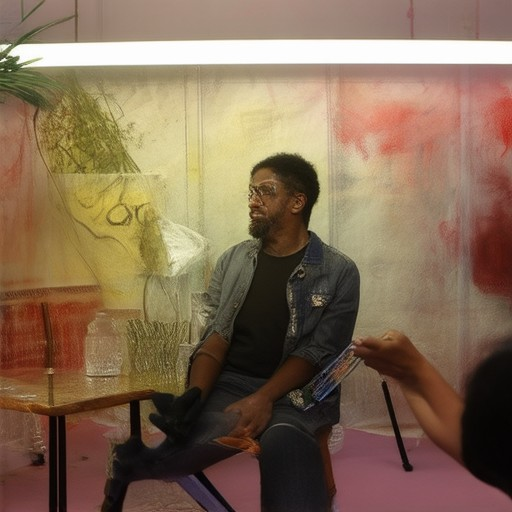
What is Personal Creative Writing?
Personal creative writing is a form of expressive writing that stems directly from an individual’s unique experiences, thoughts, and emotions. Unlike academic or professional writing, which often focuses on objective information, personal creative writing prioritizes subjective storytelling and introspection. This genre allows authors to explore their inner worlds, offering a deeply personal and authentic perspective.
Key Characteristics of Personal Creative Writing:
- Subjectivity : The content is highly personal and reflective, often containing elements of the author’s life, beliefs, or feelings.
- Emotional Depth : Personal creative writing frequently delves into complex emotions and intimate narratives, making it deeply resonant with readers.
- Creative Expression : Authors often experiment with narrative techniques, metaphors, and stylistic innovations to convey their unique vision.
- Authenticity : The writing often feels genuine and unfiltered, as it is rooted in the author’s lived experiences.
Common Forms of Personal Creative Writing:
- Journals and Diaries : Private reflections on daily life, personal growth, or emotional journeys.
- Memoirs and Autobiographies : A broader exploration of an individual’s life story, often spanning significant events and personal milestones.
- Poetry and Prose : lyrical or descriptive writing that captures the essence of emotions, nature, or abstract concepts.
- Blog Posts : Informative or opinionated pieces that combine personal insights with broader themes.
- Creative Essays : Extended pieces that blend personal anecdotes with philosophical musings or cultural observations.
How to Approach Personal Creative Writing:
- Find Your Voice : Develop a unique style that reflects your personality and perspective.
- Choose a Prompt : Use prompts or themes to guide your writing when inspiration feels elusive.
- Experiment with Form : Try different structures, such as free-writing, stream-of-consciousness, or structured vignettes.
- Revise Thoughtfully : Edit to enhance clarity, remove redundancies, and tighten the emotional impact.
Conclusion:
Personal creative writing is a powerful tool for self-expression and connection. By exploring their inner lives, writers can create works that resonate deeply with readers, fostering empathy and understanding. Whether through heartfelt journal entries or compelling memoirs, the act of writing personal stories remains a timeless and transformative experience.
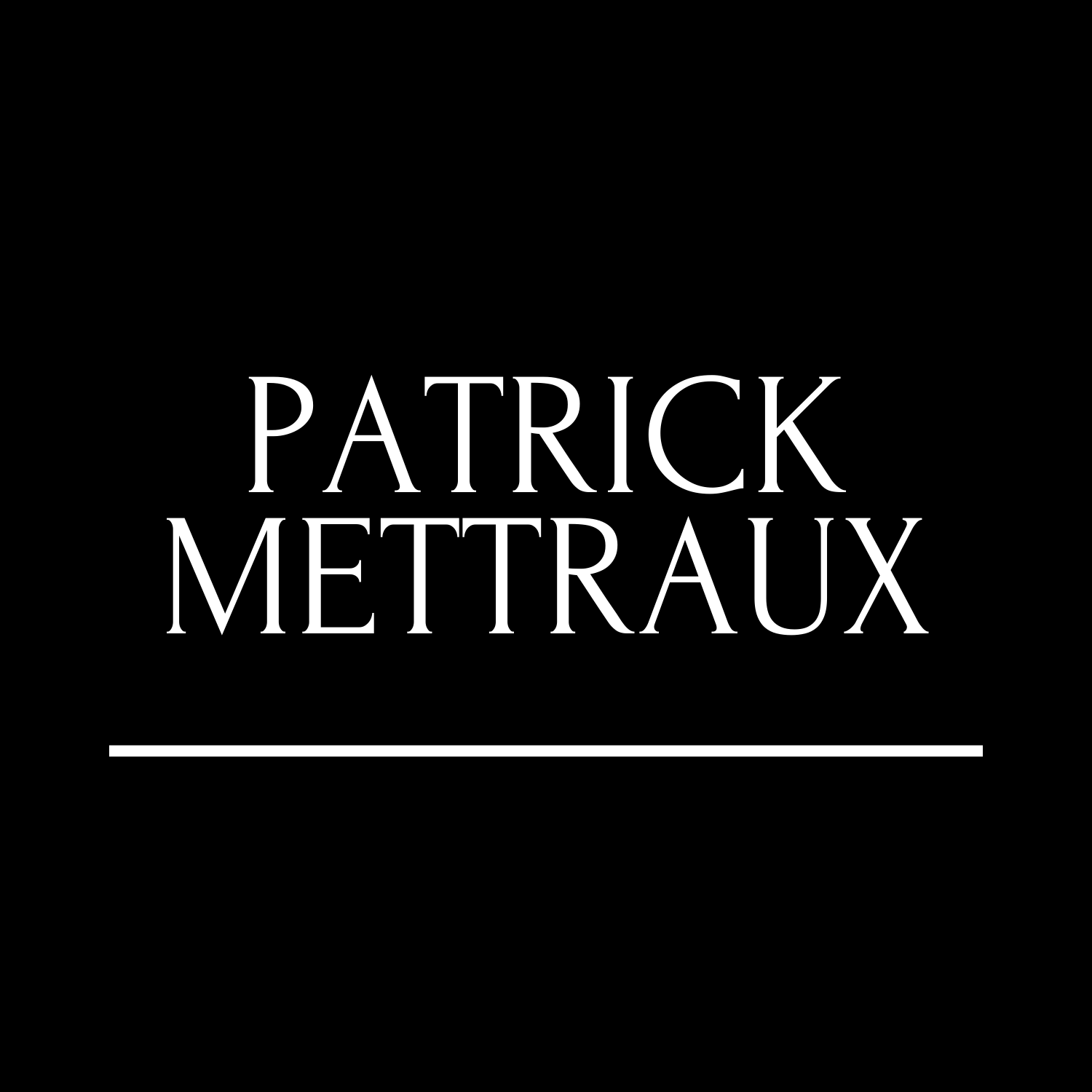
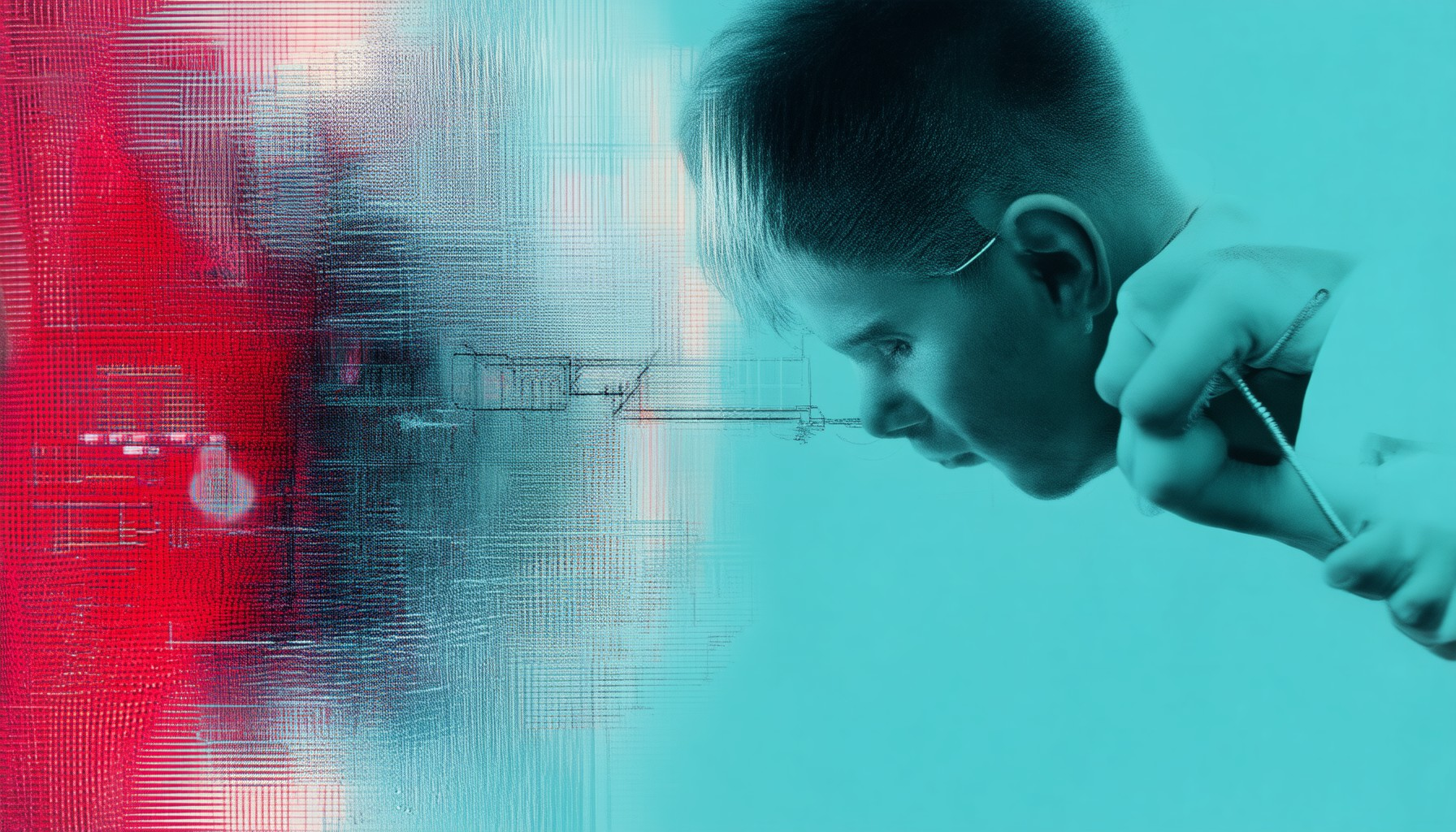
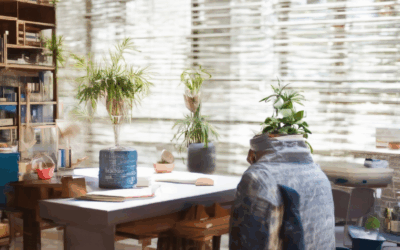
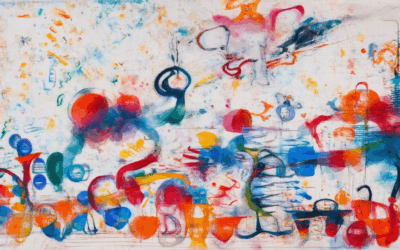
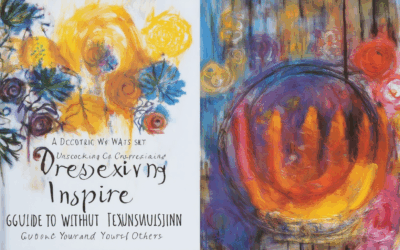
0 Comments